Low pressure foaming machines are integral to the polyurethane industry, where they are used for producing a wide range of foam applications such as furniture cushions, automotive parts, packaging inserts, footwear components, and insulation panels. These machines operate with precision, blending isocyanates and polyols to create consistent foam structures. However, like all industrial machinery, they can encounter operational challenges that compromise efficiency, product quality, and operator safety.
A strong troubleshooting strategy is essential for maintaining uninterrupted production. By understanding common problems, recognizing early warning signs, and applying systematic solutions, operators can prevent costly downtime. Haifeng, one of the world’s leading manufacturers of polyurethane production and processing equipment, emphasizes not only advanced machine design but also practical troubleshooting guidance for long-term reliability.
This article explores practical solutions for troubleshooting low pressure foaming machines, offering insights grounded in industry best practices and reinforced by Haifeng’s engineering expertise.
Recognizing the Importance of Troubleshooting
Troubleshooting is not simply about fixing something that has gone wrong; it is about identifying the root causes of issues, preventing recurrence, and optimizing the entire production process. Operators and maintenance personnel who approach troubleshooting with diligence can:
Reduce machine downtime
Improve foam quality consistency
Minimize chemical waste
Extend the lifespan of machine components
Strengthen workplace safety
In environments where polyurethane foam is produced daily, the ability to troubleshoot effectively becomes a cornerstone of operational excellence.
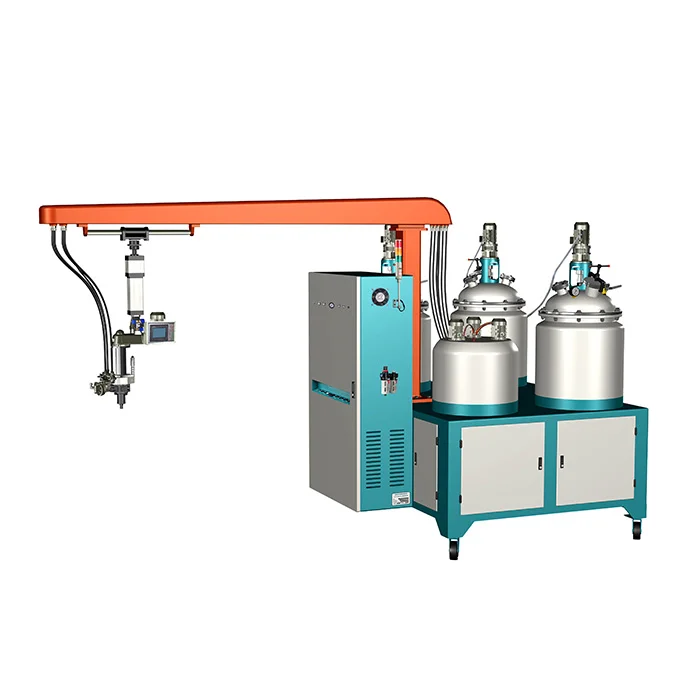
Understanding the Core Components of the Machine
Before attempting to solve problems, operators should have a clear understanding of the major components of a low pressure foaming machine. Each part plays a role in potential troubleshooting scenarios:
Chemical tanks for isocyanates and polyols, including heating and circulation systems
Metering pumps that deliver precise amounts of chemicals
Mixing head where components are mechanically blended
Control system that regulates timing, pressure, and ratios
Dispensing system that pours the foam into molds or onto surfaces
Haifeng designs its low pressure foaming machines with user-friendly layouts, making it easier for operators to monitor, adjust, and service each of these critical elements.
Identifying Foam Quality Issues
One of the most common indicators of machine problems is inconsistent foam quality. This can manifest in multiple ways, such as:
Uneven foam density
Poor cell structure
Discoloration of foam
Incomplete curing or tacky surfaces
These problems often point to issues with mixing ratios, temperature control, or chemical contamination. Operators should first check whether the dosing pumps are calibrated correctly, confirm that tank temperatures are stable, and verify that no foreign materials have entered the chemical supply.
Addressing Mixing Head Problems
The mixing head is central to foam consistency, and even small disruptions here can cause significant product defects. Common issues include blockages, uneven flow, or excessive wear on stirrer blades.
Troubleshooting steps involve:
Inspecting for hardened chemical residues inside the head
Flushing with approved cleaning agents to clear obstructions
Checking the stirrer for damage or misalignment
Monitoring flow balance between the two chemical streams
Haifeng’s mixing head technology is designed for durability and ease of cleaning, but operators must remain proactive to avoid downtime caused by neglect.
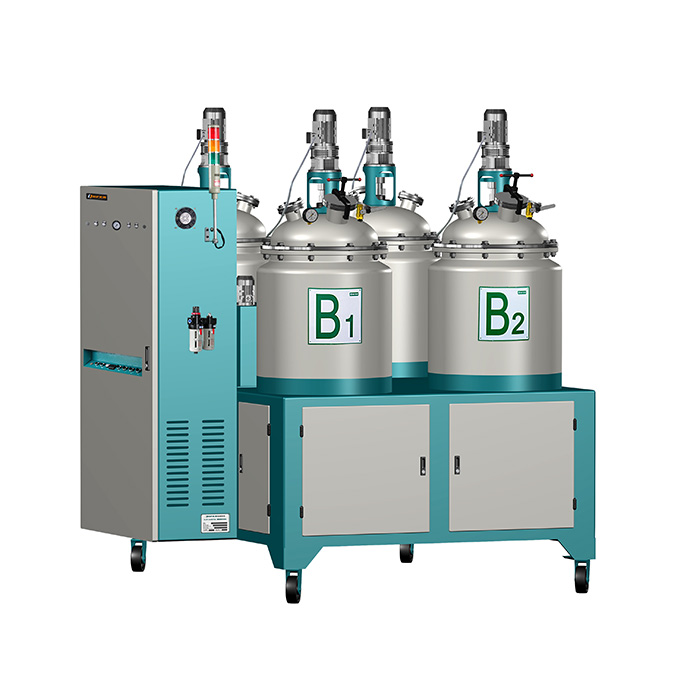
Dealing with Chemical Temperature Variations
Temperature control is vital in polyurethane foaming. If either isocyanates or polyols are outside their recommended temperature ranges, reactivity changes and foam defects follow.
Signs of temperature issues include:
Slow or incomplete foam rise
Brittle or overly soft foam
Inconsistent expansion rates
To resolve these issues, operators should check tank heating systems, circulation pumps, and insulation. Preventive maintenance of heating elements ensures consistent performance, especially in environments where ambient temperatures fluctuate significantly.
Preventing Air and Moisture Contamination
Polyurethane components are highly sensitive to moisture and air intrusion. Even small amounts of water can cause unwanted reactions, leading to bubble formation, voids, or irregular foam structures.
Operators can troubleshoot this by:
Inspecting seals and fittings for leaks
Ensuring containers are properly closed when not in use
Using nitrogen blanketing systems when recommended
Replacing contaminated chemicals rather than attempting to reuse them
Haifeng incorporates robust sealing and storage solut
ions into its machines, but proper operator handling is equally critical to prevent contamination.
Handling Pumping and Flow Rate Issues
Metering pumps must deliver chemicals in precise ratios for quality foam. When pumps malfunction, operators may notice erratic foam output or imbalance between isocyanate and polyol streams.
Troubleshooting solutions include:
Checking pump calibration and recalibrating when needed
Inspecting for wear on seals, diaphragms, or gears
Removing blockages in hoses or filters
Monitoring pressure gauges for fluctuations
Timely servicing of pumps prevents catastrophic failures and helps maintain continuous production.
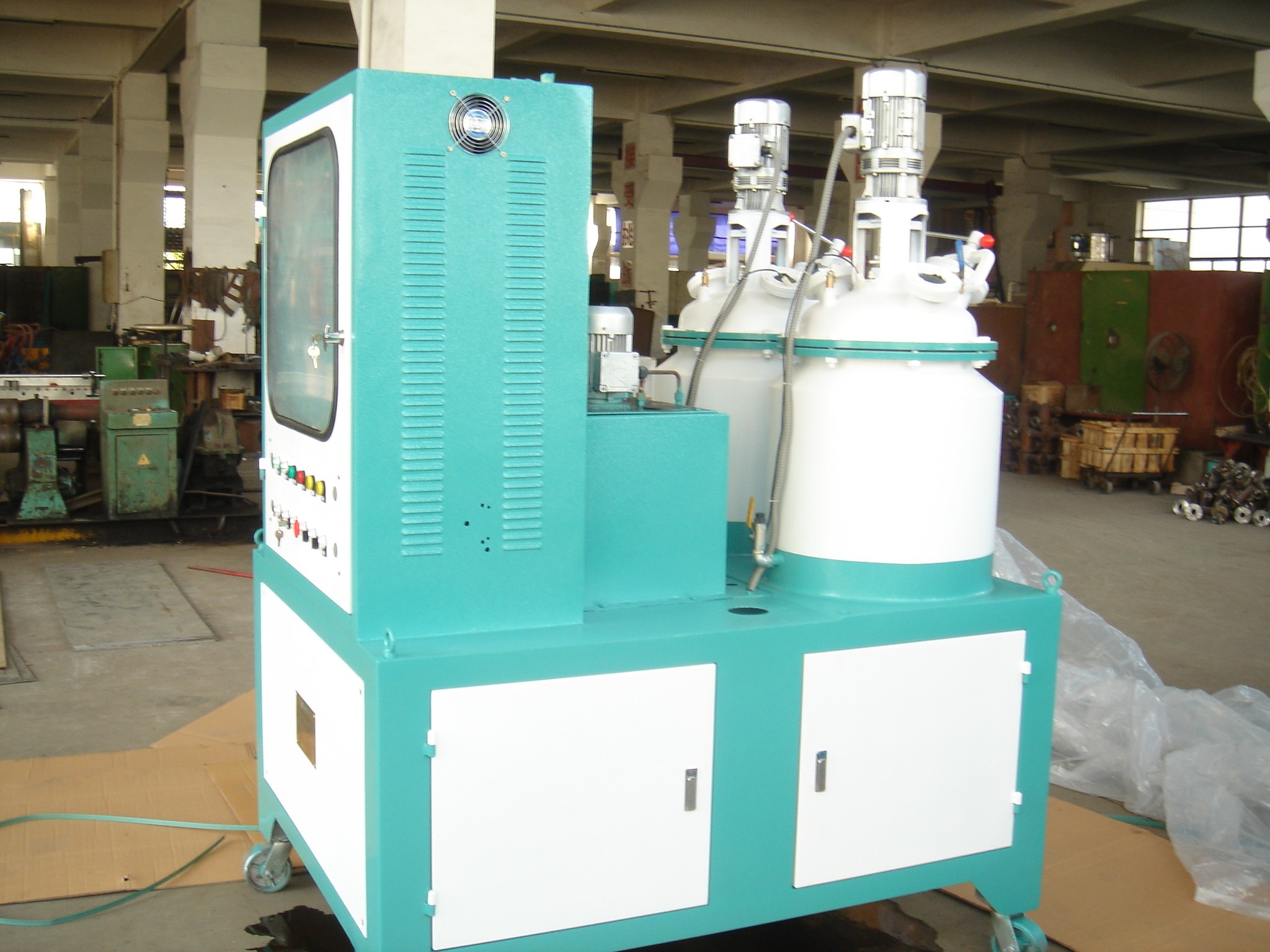
Managing Control System Errors
Modern low pressure foaming machines often feature computerized control systems. While these increase precision, they also introduce potential troubleshooting scenarios involving software errors, electrical faults, or sensor malfunctions.
Operators should:
Review error codes displayed on control panels
Inspect wiring and connectors for looseness or corrosion
Reboot control systems to clear temporary glitches
Call for specialized technical support when deeper programming issues arise
Haifeng’s machines are built with intuitive interfaces, enabling operators to diagnose control issues more easily, reducing reliance on external service calls.
Troubleshooting Dispensing Inconsistencies
Uneven foam dispensing leads to waste and inconsistent product quality. Operators may encounter situations where too much or too little foam is delivered, or where the flow starts and stops unpredictably.
To address these challenges, operators should:
Confirm that dispensing valves are functioning correctly
Check for partial blockages in dispensing nozzles
Inspect pressure regulators for stability
Ensure molds are properly aligned and positioned
Routine cleaning of dispensing equipment is essential, as hardened foam residues are a frequent cause of flow inconsistencies.
Responding to Unusual Machine Noises
Changes in machine noise often signal mechanical wear or hidden problems. Grinding, squealing, or knocking sounds should never be ignored.
Possible causes include:
Worn bearings in pumps or motors
Loose mechanical couplings
Misaligned stirrer assemblies
Cavitation in pumps due to insufficient chemical levels
Early intervention not only resolves the problem but also prevents secondary damage to connected systems.
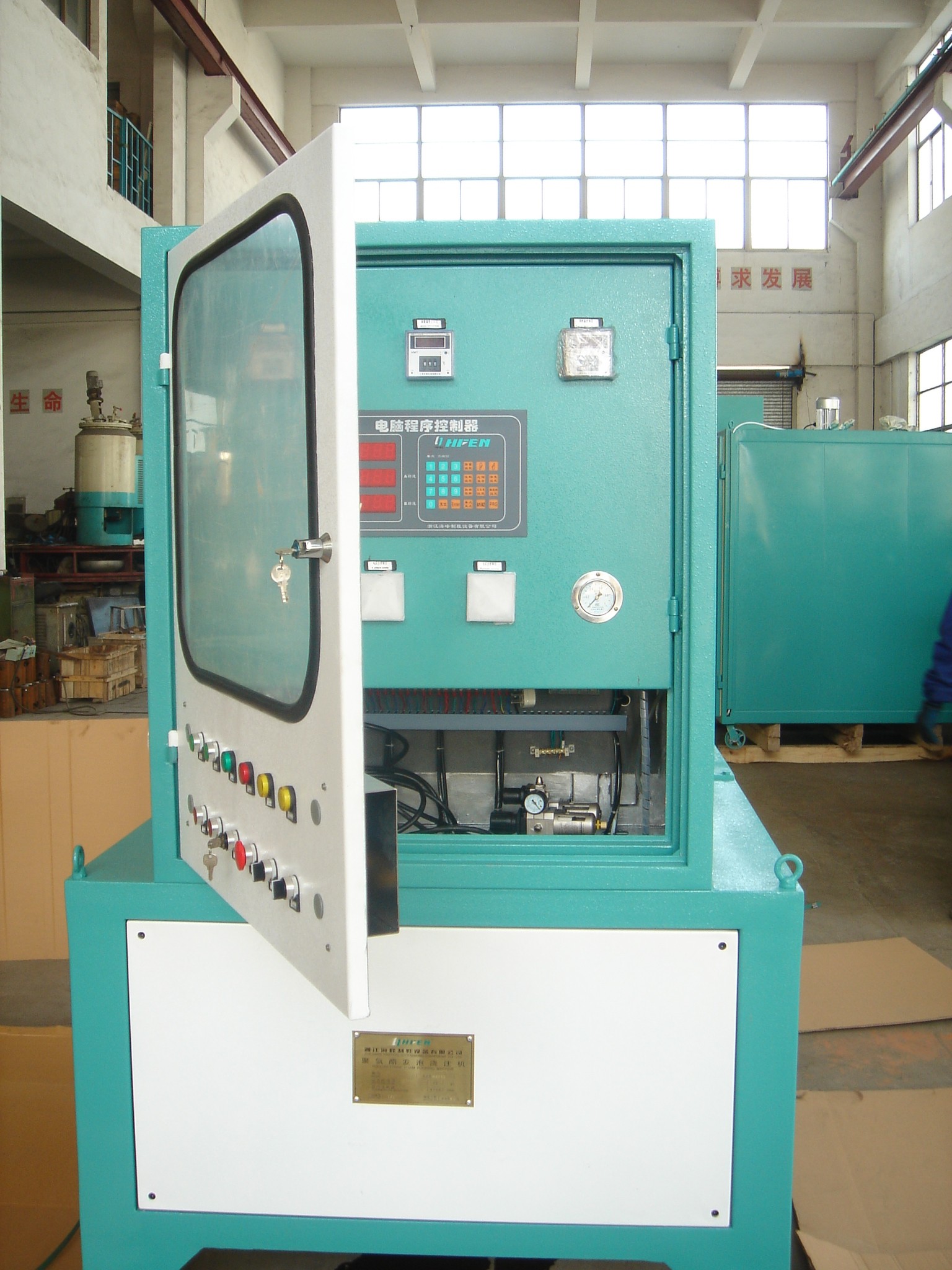
Implementing Preventive Maintenance Strategies
While troubleshooting addresses immediate problems, preventive maintenance reduces their occurrence. A disciplined program includes:
Scheduled inspection of hoses, seals, and fittings
Regular cleaning of mixing heads and dispensing lines
Calibration of pumps and temperature controls
Comprehensive annual servicing by trained technicians
Haifeng promotes preventive maintenance as a central part of safe and reliable foaming operations, offering technical support and training to help clients implement these strategies.
Training Operators for Effective Troubleshooting
Human expertise is the most powerful troubleshooting tool. Well-trained operators can detect subtle changes in machine behavior, recognize early warning signs, and apply corrective actions before problems escalate.
Training should cover:
Basic machine operation and component functions
Common problem symptoms and their causes
Safe chemical handling procedures
Emergency response in case of spills or malfunctions
Haifeng is recognized for providing not only advanced machinery but also operator training programs, ensuring customers maximize both safety and performance.
Building a Culture of Problem-Solving
Troubleshooting is most effective in organizations where problem-solving is encouraged at every level. This culture requires:
Open communication between operators and supervisors
Clear documentation of issues and solutions
Sharing of lessons learned across teams
Recognition of proactive troubleshooting efforts
Such practices transform troubleshooting from a reactive task into a proactive strategy for continuous improvement.
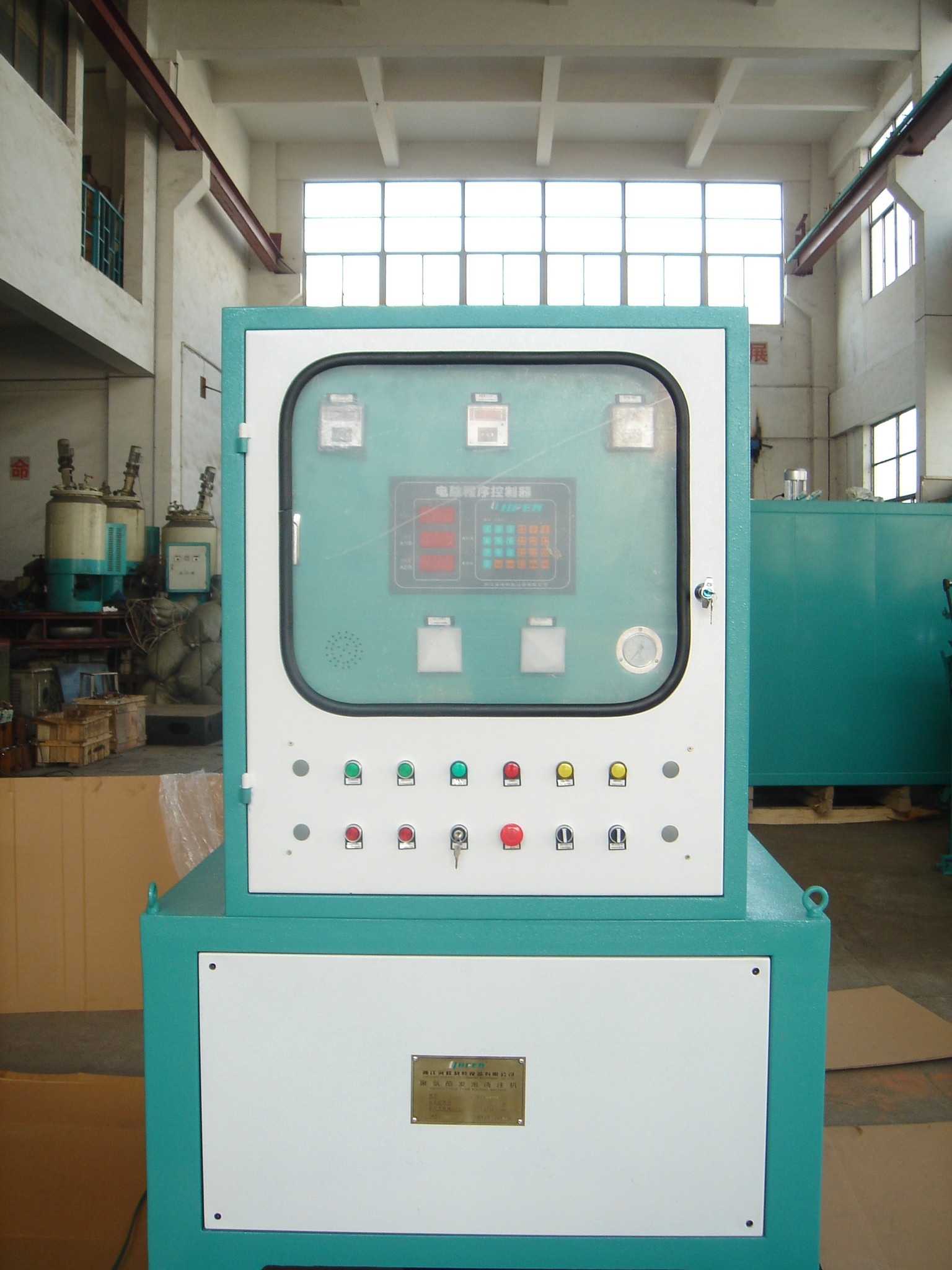
Conclusion
Low pressure foaming machines are highly efficient tools for polyurethane production, but their complexity means issues are inevitable. Successful troubleshooting depends on operator awareness, systematic problem identification, and the application of proven solutions.